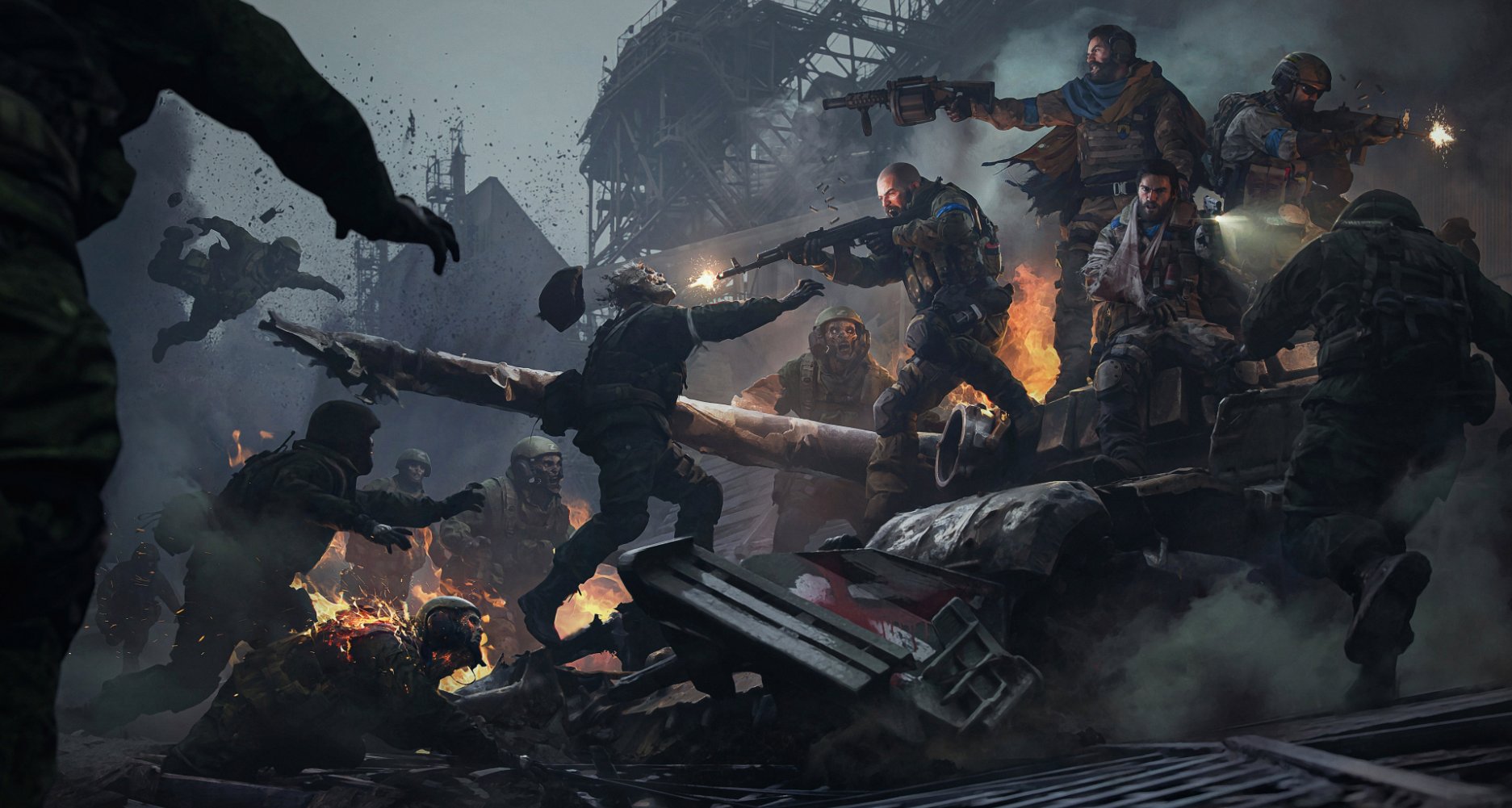
Dutch Defense Minister Ruben Brekelmans told a security conference that Russia could carry out a large-scale troop deployment about a year after the ceasefire in Ukraine.
Brekelmans urged the audience to imagine a situation in which Moscow deployed hundreds of thousands of troops on the border with the Baltic states for exercises.
He recalled that Ukraine's experience shows that such maneuvers can suddenly turn into a real offensive, which will become known no earlier than several days before a possible attack.
The Dutch defence minister's assessment is consistent with the findings of the Danish Defence Intelligence Service (DDIS), which said in a February report that Russia would be able to free up "significant" military resources if hostilities in Ukraine ceased.
According to their forecasts, Moscow will be ready to wage a regional war in the Baltic Sea region within two years after the freezing or end of hostilities in Ukraine.
"We don't know how Putin will test NATO. We know that if Putin, after Ukraine, attacks a neighboring country that is a member of NATO, then we will be part of it. Then the Netherlands should also help defend NATO territory," Brekelmans said.
In addition, the minister noted the growth of hybrid threats.
The Netherlands faces daily cyber attacks on hospitals and seaports, espionage and intelligence activities, including unidentified drones and ships spotting critical infrastructure in the North Sea.
“We actually no longer live in peace – we are in a grey zone between war and peace,” Brekelmans stressed.
In response to the growing threat from Russia, the Netherlands is strengthening its military presence in the Baltic region.
In particular, Dutch military units are deployed in Lithuania as part of the NATO mission, and F-35 fighters will carry out air protection tasks in the Baltic states until the end of March 2025.
The Netherlands has also announced plans to significantly increase the size of its armed forces.
Over the coming years, the armed forces' personnel will grow from 74,000 to 100,000, with the prospect of further expansion to 200,000 - the largest increase in the army's size since the end of the Cold War.
@yigal_levin
